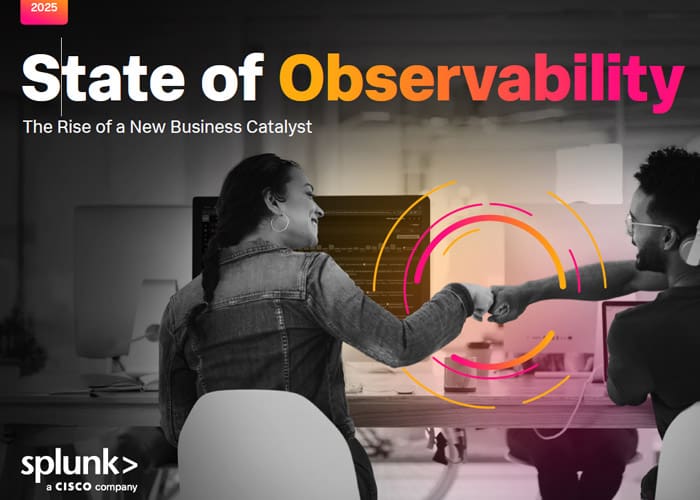When I started in observability over a decade ago, our mission was straightforward: keep services and systems running. Understand what’s going on and who’s affected, isolate the issue, and fix it. Today, software doesn’t just support the business, it is the business.
As digital experiences have become the primary vehicle of customer engagement, observability practices have an impact beyond server rooms and NOCs. Correlating telemetry data with business outcomes is powering major decisions, like how to improve customer satisfaction or even what products to build. And as AI triggers the next seismic shift, observability practices are taking on a new level of responsibility — monitoring complex and dynamic AI workloads to ensure performance, reliability, and trust. This evolution positions observability not just as a foundation for customer experiences, but as a key enabler of AI-driven innovation and business growth.
For the State of Observability 2025, we surveyed 1,855 ITOps and engineering professionals to better understand this transformation and to identify what sets high-performing teams apart. A standout group of respondents contributes to the bottom line more than their peers. They’re doing it by collaborating more with security teams, handling incidents more strategically, and investing in more forward-looking technologies and newer practices.
Observability practitioners are now embedded in high-level planning and decision-making, bringing their expertise (and their data) to customer engagement strategies, product roadmaps, and the boardroom. They’ve got a piece of the action — now it’s time to use it.


